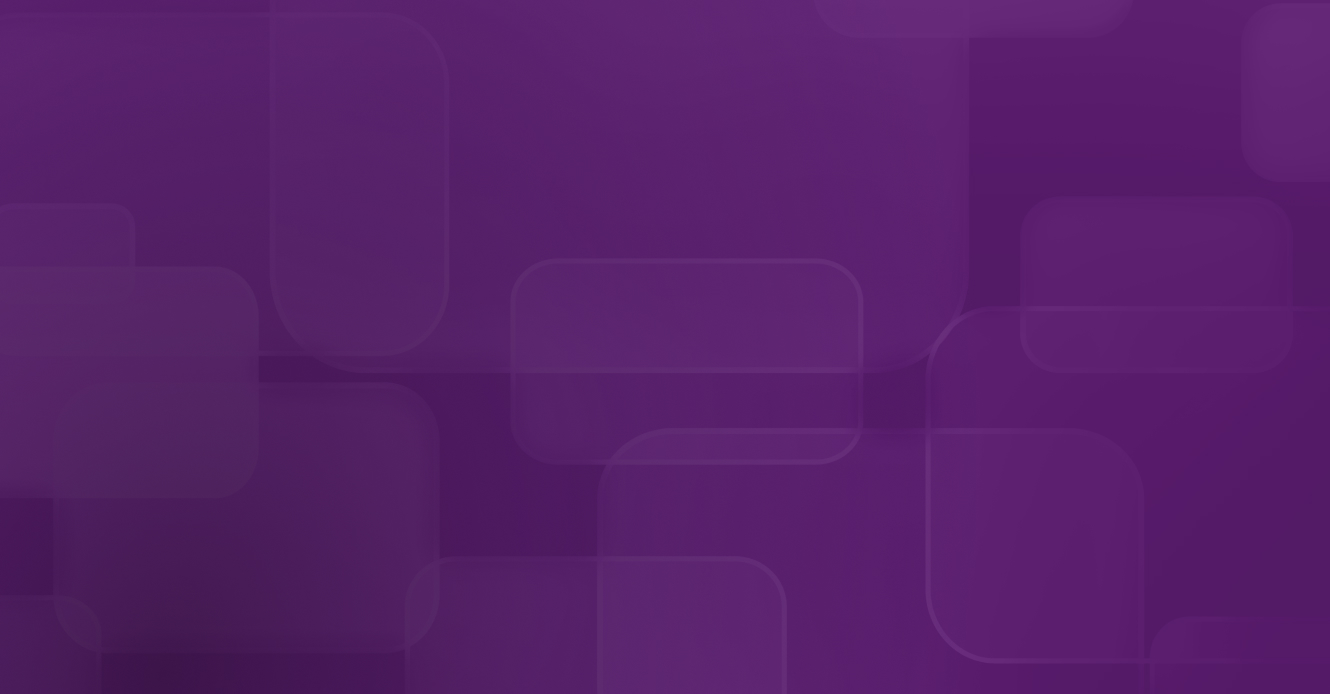Case Study
Seattle University – Preparing for an Increasingly Remote Student Experience
Founded in 1891, Seattle University is a Jesuit Catholic university located in the heart of Seattle. Serving a diverse population of more than 7,200 undergraduate and graduate students, the University has partnered with Softdocs to create a more accessible and data-driven student experience.
Read More
